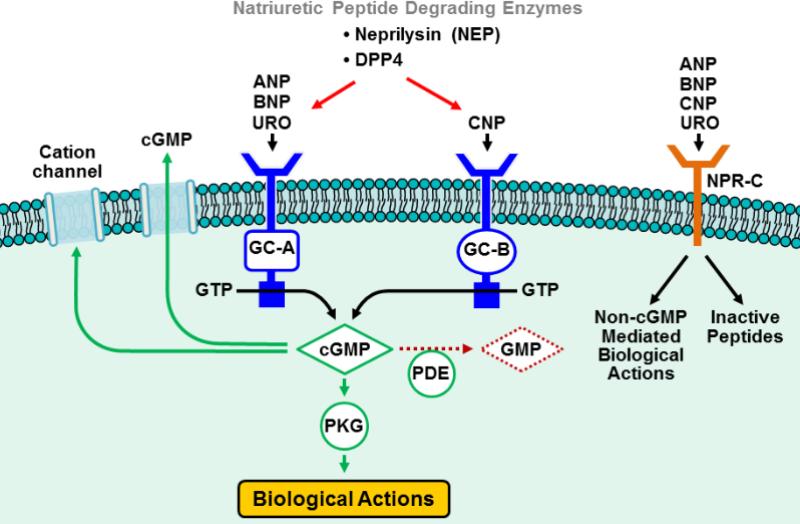Figure 2. Simplified schematic of the natriuretic peptide system (NPS).
ANP, BNP and URO stimulate Cyclic GMP (cGMP) production by binding to the guanylyl cyclase (GC) receptor A, while CNP generates cGMP by binding to the GC-B receptor. Cyclic GMP modulates the activity of cGMP-dependent protein kinase G (PKG) to exert its pluripotent cardiac, vascular and renal biological actions. Cyclic GMP also regulates phosphodiesterases (PDEs) and cation channels. The cGMP signal is terminated by a variety of PDEs that hydrolyze cGMP to GMP. The NPs are removed from the circulation and inactived by the clearance receptor (NPR-C) and also degraded by a variety of peptidases including neprilysin (NEP) and dipeptidyl peptidase IV (DPPIV). In addition to the clearance capacity of NPR-C from the circulation, evidence has promoted the concept that the NPR-C mediates non-cGMP regulated biological actions.

